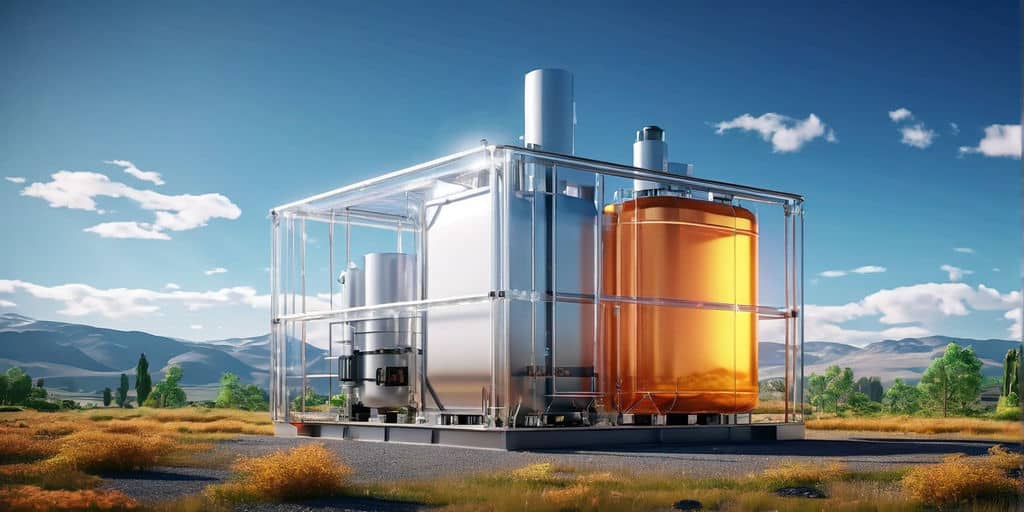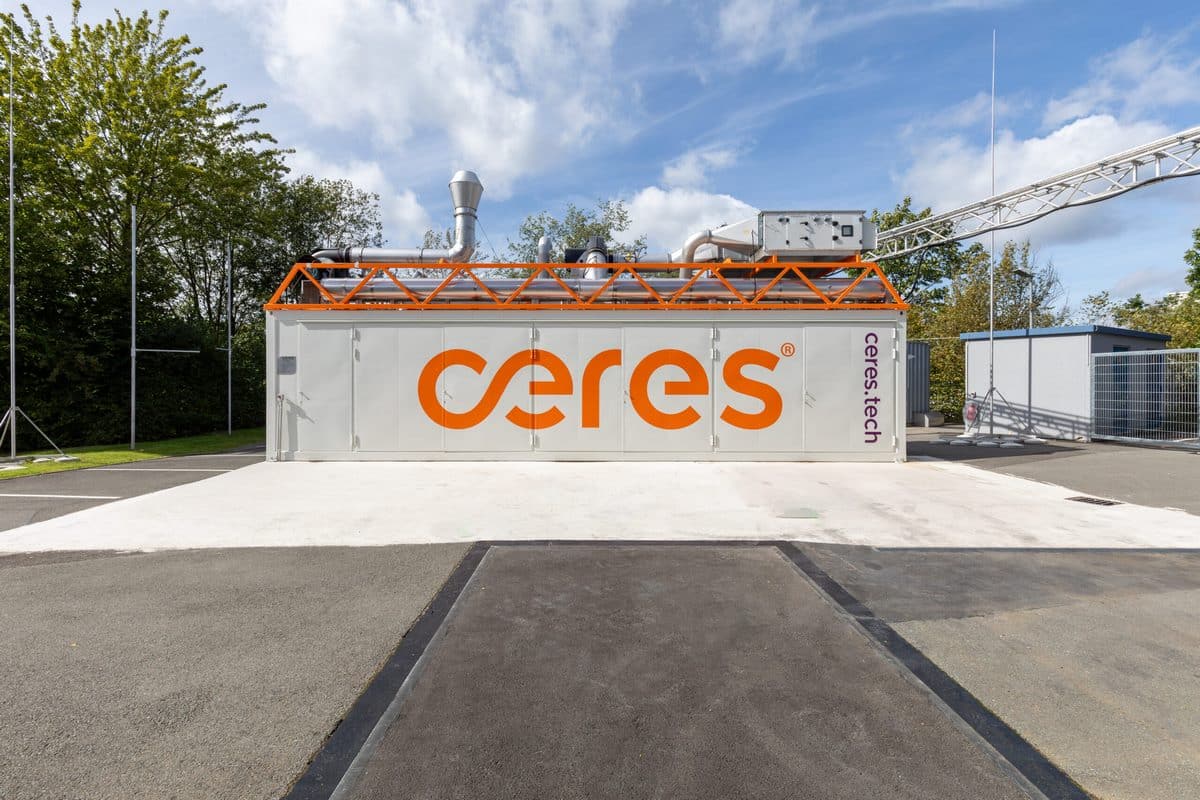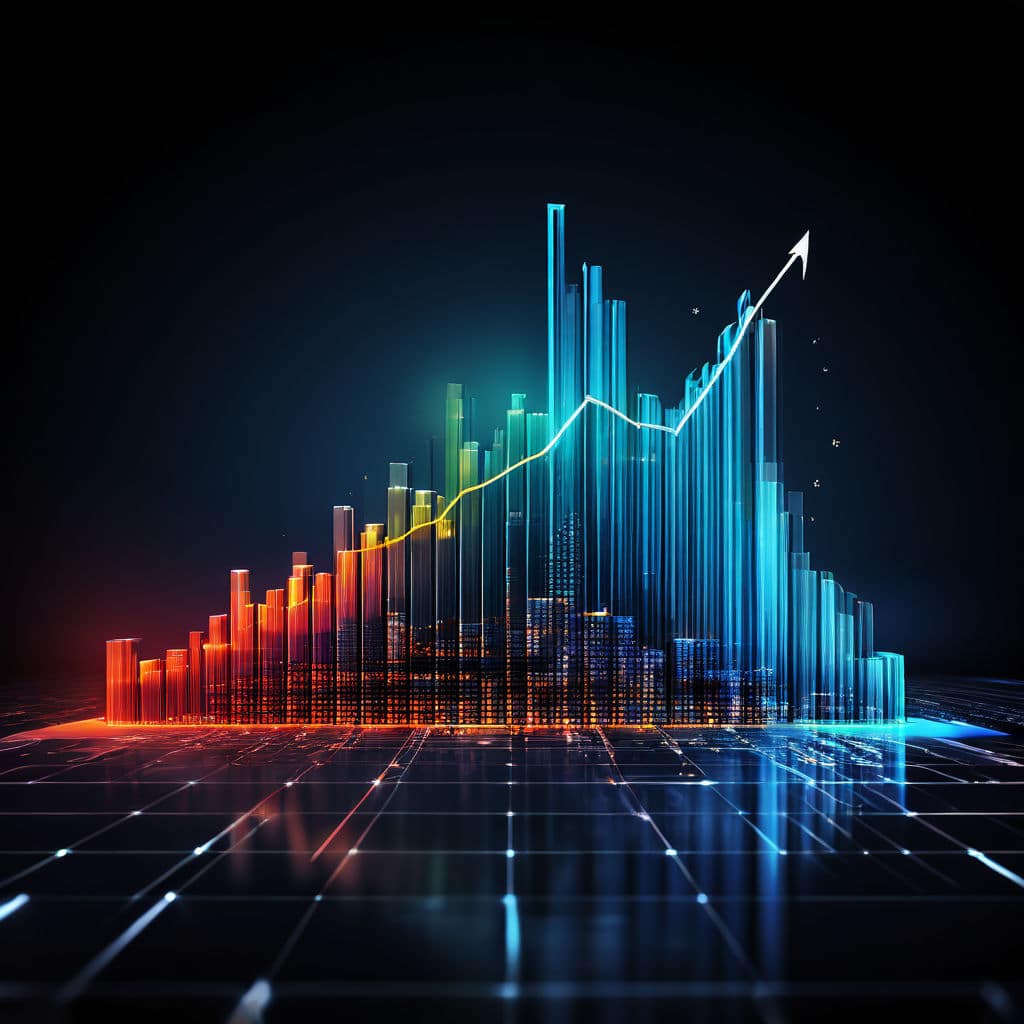Tesla (TSLA, US$245.00) has many friends in the offices of major banks and leading broking firms on the stock exchange. This is not only expressed in the market price, and especially the strong price increases in recent weeks (over 20%), but in many favorable comments and classifications. At the same time, there has been heavy speculation on falling prices when one looks at the number of short-sold shares (short interest) which is hovering around 24 million shares – with approx. 95 million shares which can be traded freely (approx. 124 million shares are outstanding).
Recently, the announcement of a new, high performance battery with the name PowerWall has recently caused a stir and resulted in strongly increasing market prices. This battery is set to be used in private houses to save solar energy, and be available from US$3,000 (7 kWh). But/and: The installation costs should be at the same level as before. News services such as Bloomberg have put the levels of interest via the internet for this battery on a par with potential orders of over US$800m. And this is where my skepticism sets in: It is possible to find out about the battery with a button on the website, and express buying one when they are available for delivery. Personally, I view this to be an expression of interest rather than the confirmation of an order. I would look at it differently in the event of an advance payment. In my opinion, media hype of this kind is simply a cause to be skeptical. In addition to this, critical discussions have recently taken place according to which, thanks to high subsidies and allowances, Tesla has already received and/or is set to receive (for the battery factory in Nevada) up to US$4.9bn. from the American taxpayer, which put the company’s figures into a different light.
With regard to the figures: The losses are escalating. Minus US$154.2m. in the first quarter of 2015 (= minus 1.22/share). Turnover increased to US$939.9m. The number of cars sold increased by an impressive 55% to over 10,045 units. Over the course of the quarter, the liquidity fell from US$1.9bn. to 1.5bn. It is necessary to bear in mind: The Gigafactory for the production of the batteries is to cost US$5bn., to which Tesla will be making its own major contribution. At the same time, the earnings estimates from more than 20 analysts, mostly from major investment banks, are being consistently reduced: The forecasts range from a largely balanced result up to a loss of US$3.00/share for 2015. A trend is evident, in which the sales goals that have been defined by the company constitute the key argument for the share, and have tended to push certain company figures into the background for a valuation. It should not be ignored that Tesla has also built up more than US$3bn. in debts, among others, with convertible bonds. In my opinion, sooner or later, further capital increases will take place here (secondaries), with the conversion of convertible bonds (debt capital into equity capital) being conceivable. Both of these activities will then logically lead to an increase in the number of outstanding shares (known as dilution). The current stock market valuation has already taken the developments expected by Wall Street into account.
My bottom line: As far as I am concerned, several questions have been raised regarding the valuation of the company (over US$30bn.) and the interpretation of certain key figures. The hype surrounding the new battery and the strong simultaneous increase in the valuation of the company by more than US$6bn. do nothing to change my view that the company will a) be on the receiving end of more and more competition (FC-hybrid/hybrid-plug-in, eCars from other manufacturers etc., and b) the expectations concerning the battery segment need to prove their worth, since this segment is very competitive, and the expected sales figures should only be taken seriously if actual orders – and not just “declarations of intent” – are seen to exist. In my opinion, the hopes for the share to gain further in value are less to do with the sales figures and the launching of new products, but to the large number of short-sold shares, which could lead to short covering (repurchasing on the stock exchange) in the event of a squeeze under pressure. This is because, in extreme cases, we also have market prices which are quoted at far higher rates than the current prices – although only for short periods. Over the medium term (in 2 to 3 years), I am expecting to see no change to the appreciably lower price quotations.
PS: The fact that Tesla is being mentioned and communicated at this point is connected to the fact that there is a certain level of competition in the field of e-mobility which is increasing more and more and the simple battery solution seems likely to be superseded by a combined solution (plug-in-hybrid among others, with FC/H2). This also relates to the storage of energy, where a battery represents a form of competition to the storage medium of hydrogen. We have now arrived at a so-called tipping point, where the development of prototypes, test series, etc., is now entering the market launch phase in a big way, which is taking place worldwide, and which is certainly of importance to the FC and H2 community.
Note on risk
Every investor should always be aware of their own risk assessment when investing in shares and pay due consideration to an appropriate spreading of risk. The FC companies and/or shares which are stated here come from the area of Small and MidCaps, which means these are not large caps and that their volatility is also significantly higher than such large caps. This report does not constitute purchasing recommendations – without guarantee. All of the data revolves around publicly accessible sources and in terms of the assessment only represent the personal opinion of the author.
This analysis was written June 1st 2015.
Author: Sven Joesting


























0 Comments